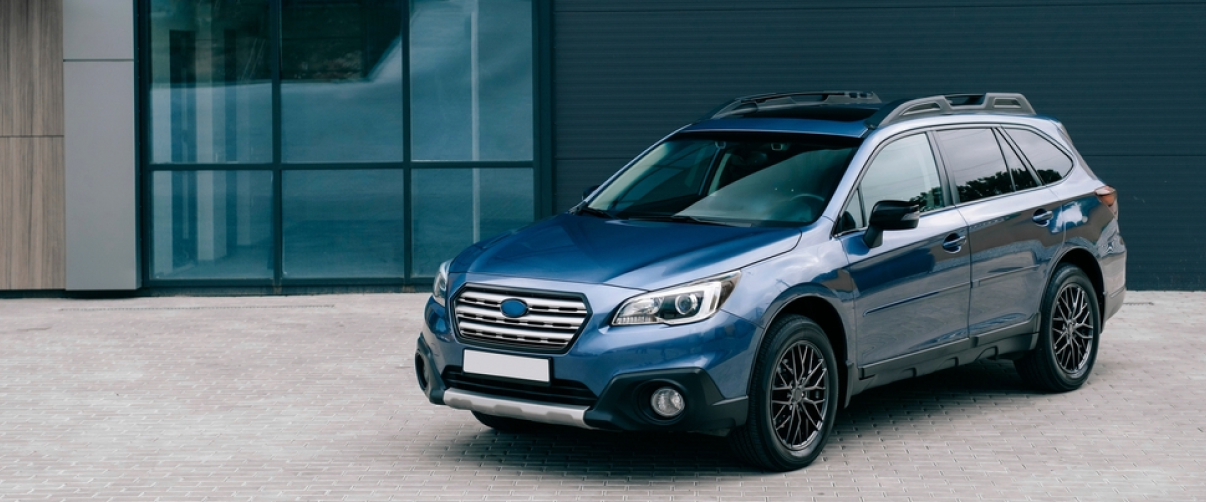In the rapidly evolving automotive industry, the race towards electrification has been dominated by the surge of Battery Electric Vehicles (BEVs). However, hybrids are experiencing a resurgence, prompting the question: Will hybrids still be relevant in an EV-dominated market?
Future of Hybrid Technology: Will Hybrids Still Be Relevant in an EV-Dominated Market?

The Hybrid Resurgence
Despite the spotlight on BEVs, hybrid vehicles are gaining traction globally. In markets like India, hybrid sales have reached an all-time high, even surpassing EV sales in 2023, despite higher taxes on hybrids. This trend underscores the practicality hybrids offer in regions lacking robust charging infrastructure. Hybrids provide a dual powertrain solution that mitigates range anxiety while leveraging existing fuel infrastructure.[^1]
Consumer Preferences and Market Trends
In the United States, hybrids are witnessing increased consumer preference. Economic factors, environmental concerns, and practical considerations contribute to this shift. A Gallup poll from May 2024 revealed that only 44% of U.S. adults are considering EVs, down from 55% the previous year. High EV costs and insufficient charging infrastructure are significant deterrents, making hybrids an attractive compromise. [^2]
Automakers Adjusting Strategies
Several automakers are recalibrating their strategies in response to market dynamics:
- Ford is amplifying its hybrid development, temporarily stalling some EV plans to meet consumer demand for hybrids. [^2]
- General Motors is reintroducing hybrids, years after discontinuing models like the Chevy Volt. [^2]
- Toyota continues to thrive with its hybrid-focused approach, forecasting record profits attributed to increased hybrid sales. [^1][^4]
The Environmental Impact Debate
While hybrids offer better fuel economy and lower emissions compared to traditional internal combustion engine (ICE) vehicles, their environmental benefits compared to BEVs are under scrutiny.
- Plug-in Hybrid Electric Vehicles (PHEVs), in particular, have inconsistent environmental benefits. Real-world emissions often exceed test figures because drivers may rely heavily on the combustion engine. [^3]
- BEVs are projected to dominate by 2045, capturing a 75% market share as battery costs decline and policies increasingly favor zero-emission vehicles. [^3]
Challenges Facing Hybrids
Despite their advantages, hybrids face several challenges:
- Complexity and Cost: Hybrids are more complex due to their dual powertrains, leading to higher initial costs. Maintenance can also be more expensive, requiring specialized knowledge. [^1]
- Emissions Regulations: Stringent policies, especially in Europe, are pushing for zero-emission vehicles by 2035, excluding PHEVs from future planning. [^3]
- Market Perception: There’s a perception that hybrids are a transitional technology, which may affect long-term consumer investment in them. [^5]
Investment and Economic Considerations
From an investment perspective, the automotive industry’s shift impacts financial markets:
- Investors are watching companies like Toyota, which continues to invest heavily in hybrid technology while also exploring solid-state batteries for future BEVs. [^6]
- The cost of BEVs is decreasing, making them more competitive with hybrids. Economies of scale and advancements in battery technology contribute to this trend. [^5]
The Role of Hybrids in the Transition
Hybrids are positioned as a practical interim solution in the journey towards full electrification:
- They are essential for consumers not yet ready to transition to BEVs, offering a balance of lower fuel costs and reduced emissions without the charging concerns associated with EVs. [^2]
- In regions with insufficient charging infrastructure, hybrids provide an immediate and practical alternative to IC engines, facilitating gradual adoption of electric mobility. [^1]
Looking Ahead: Will Hybrids Remain Relevant?
The future of hybrids hinges on several factors:
- Technological Advancements: Improvements in battery technology could reduce BEV costs and charging times, potentially diminishing hybrids’ appeal. [^3][^5]
- Policy and Regulations: Government incentives and emissions regulations will significantly influence the adoption rates of hybrids versus BEVs. [^3][^5]
- Consumer Behavior: Preferences will be shaped by cost, convenience, and environmental consciousness. Hybrids may continue to appeal to those seeking a compromise between traditional and electric vehicles. [^2][^4]
Conclusion
While BEVs are poised to dominate in the long term, hybrids will likely remain relevant in the foreseeable future, especially as an interim solution for consumers and markets where full electrification faces hurdles. Hybrids bridge the gap between traditional ICE vehicles and BEVs, offering a practical and efficient alternative during this transitional phase. [^1][^2]











